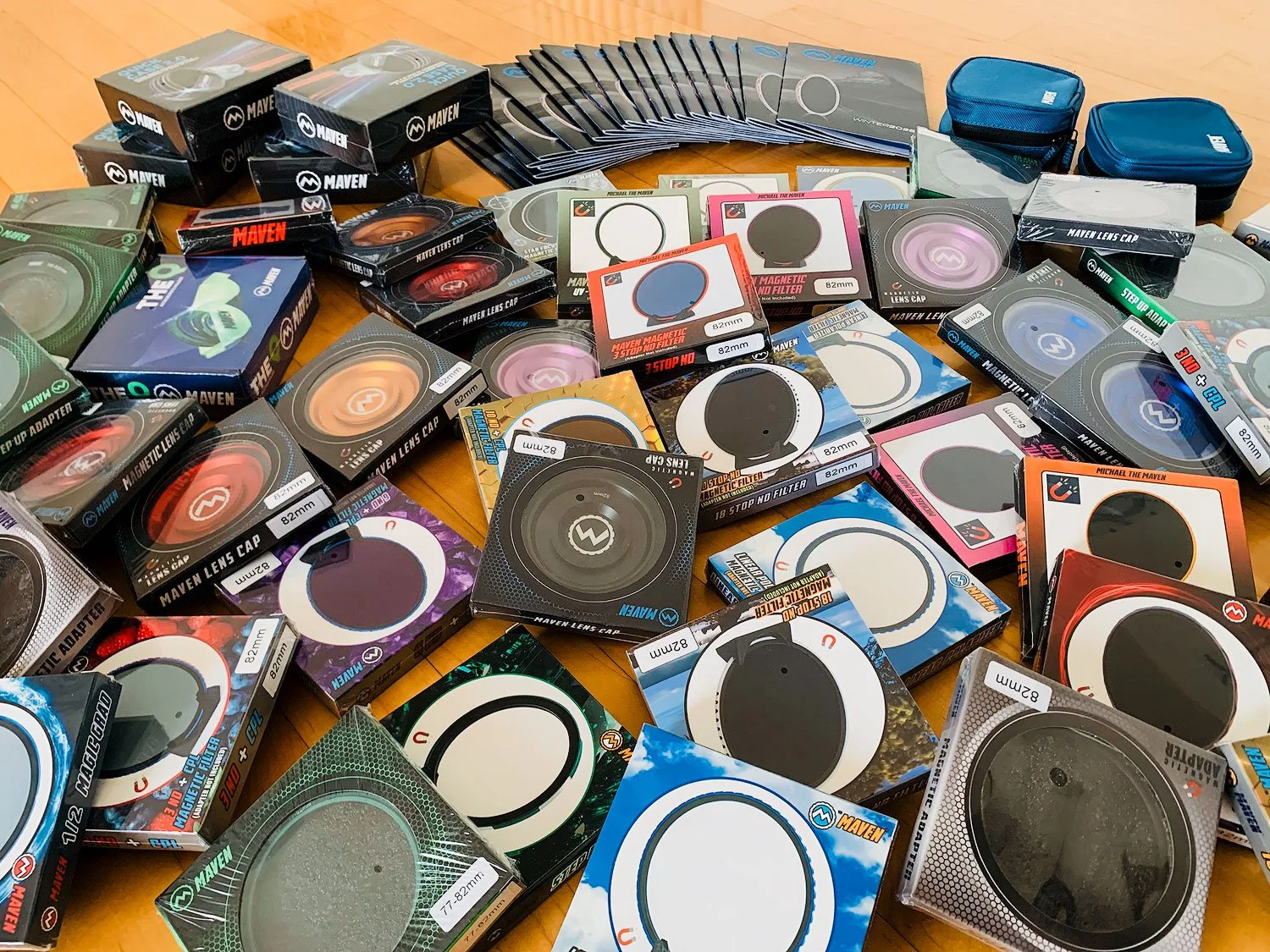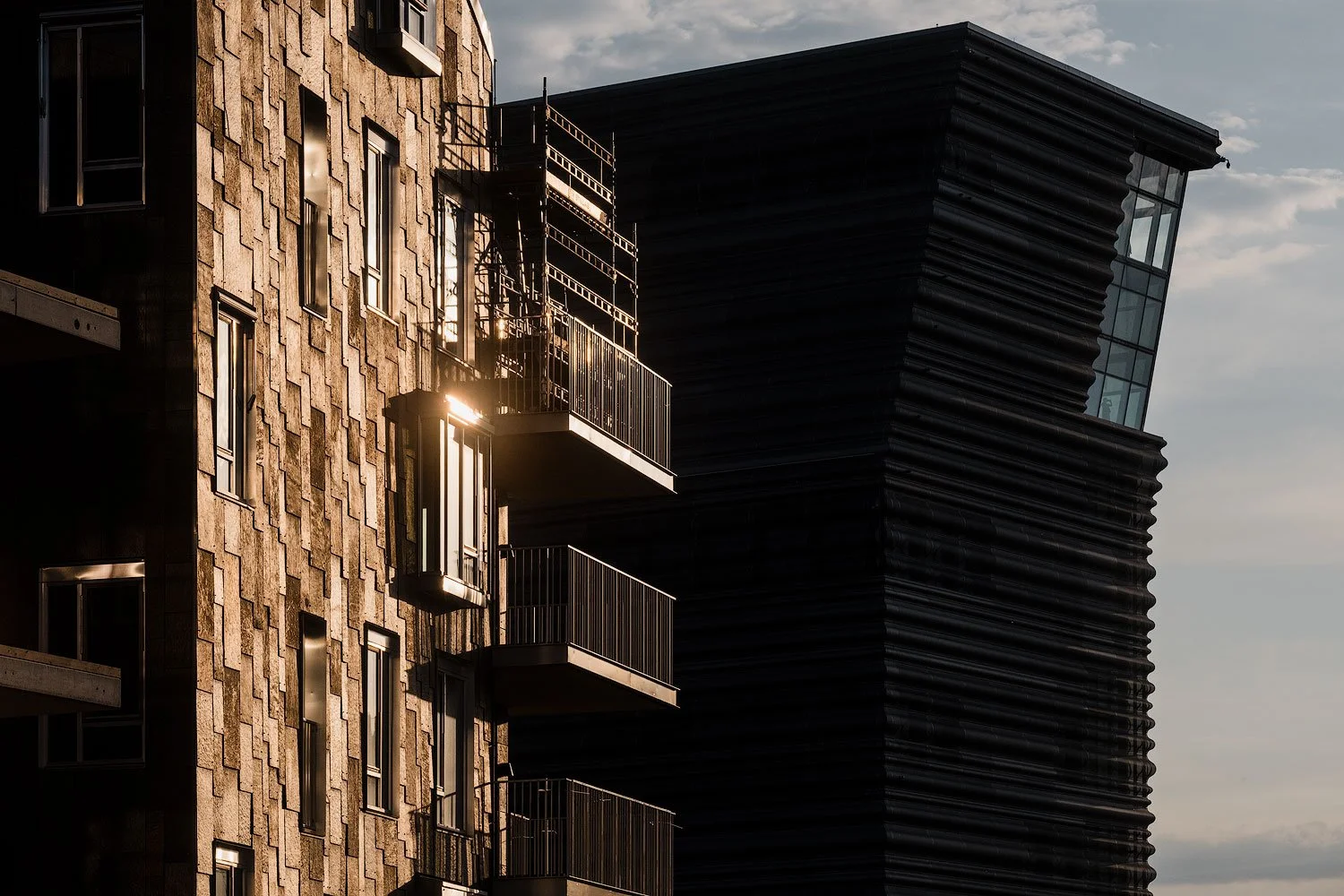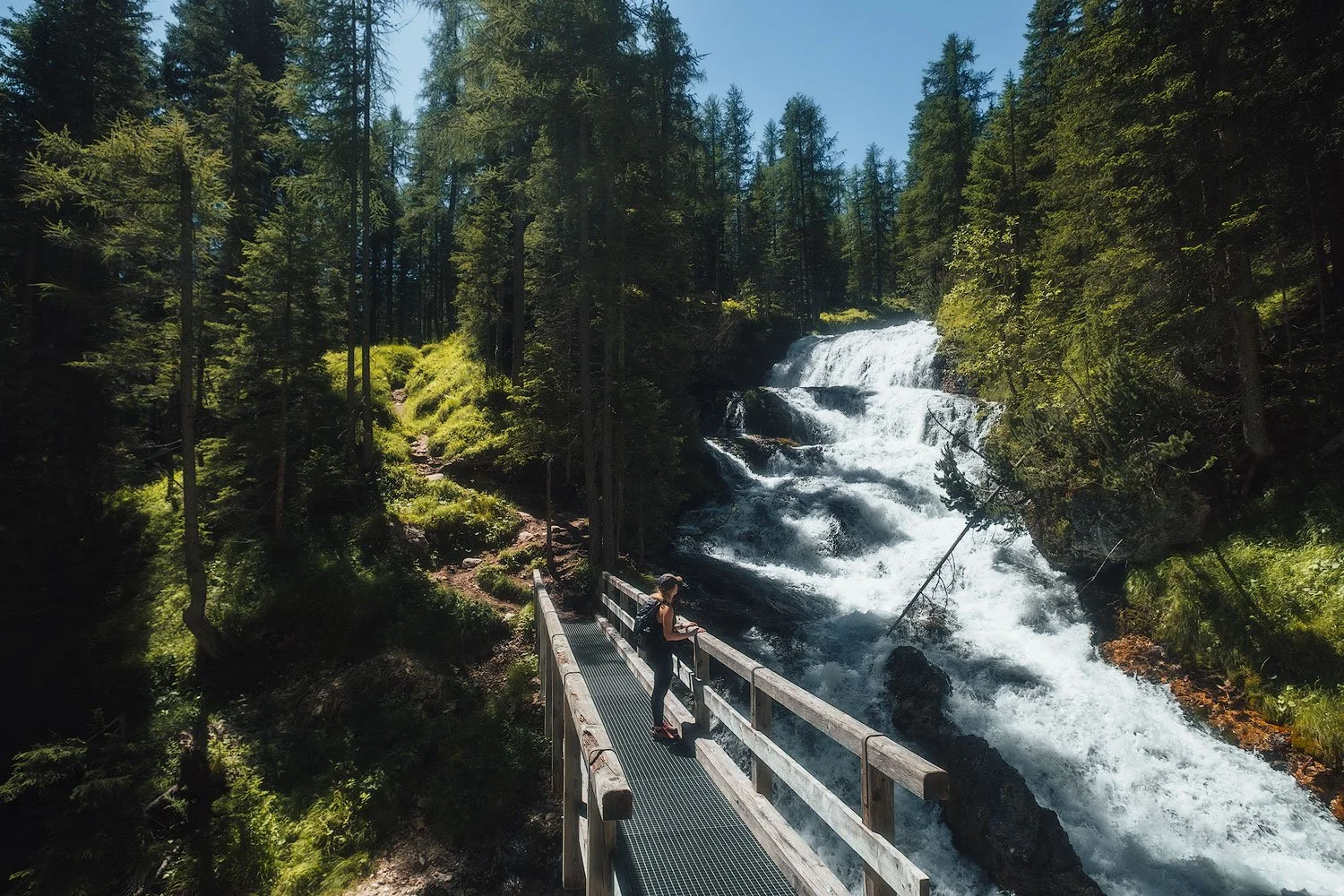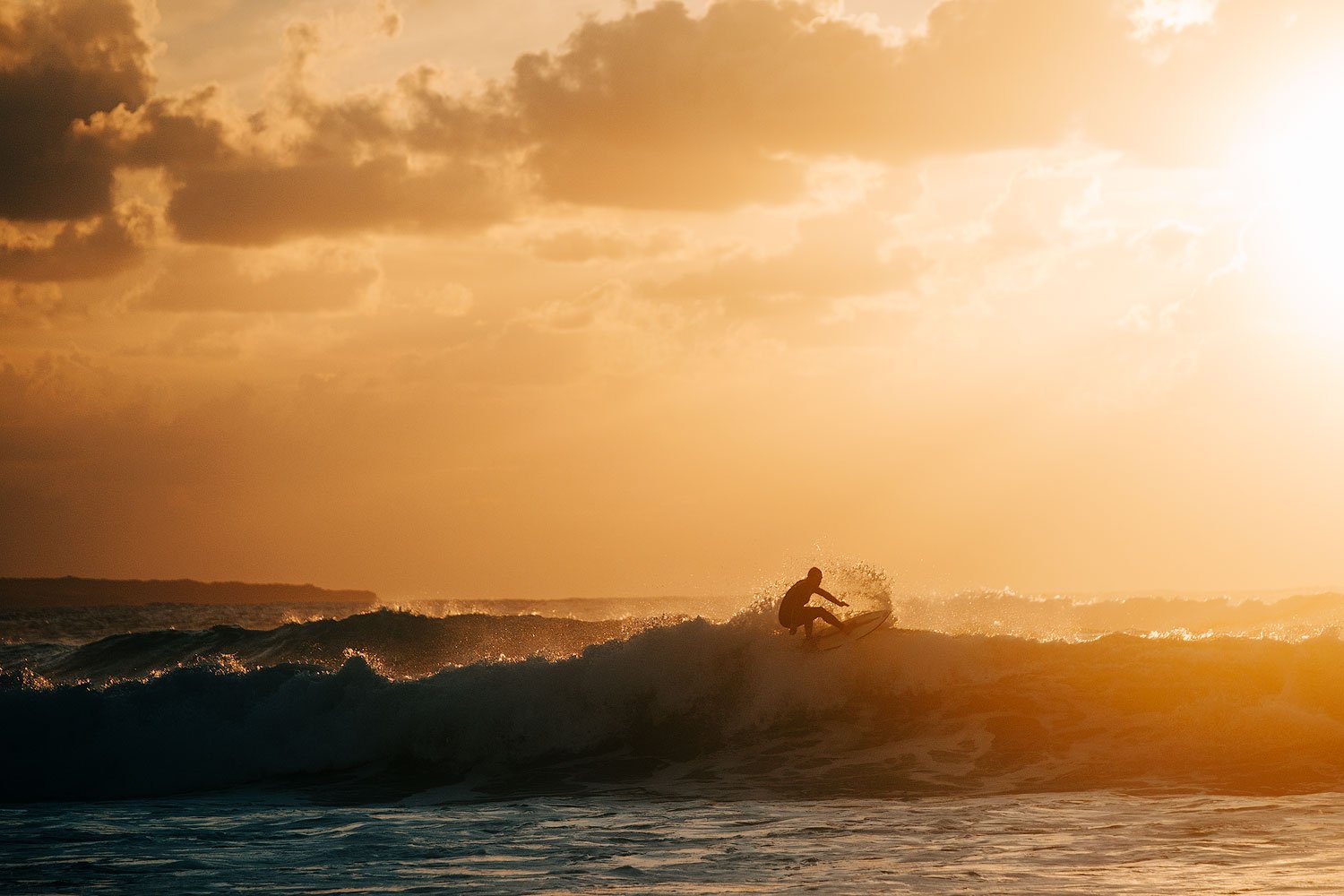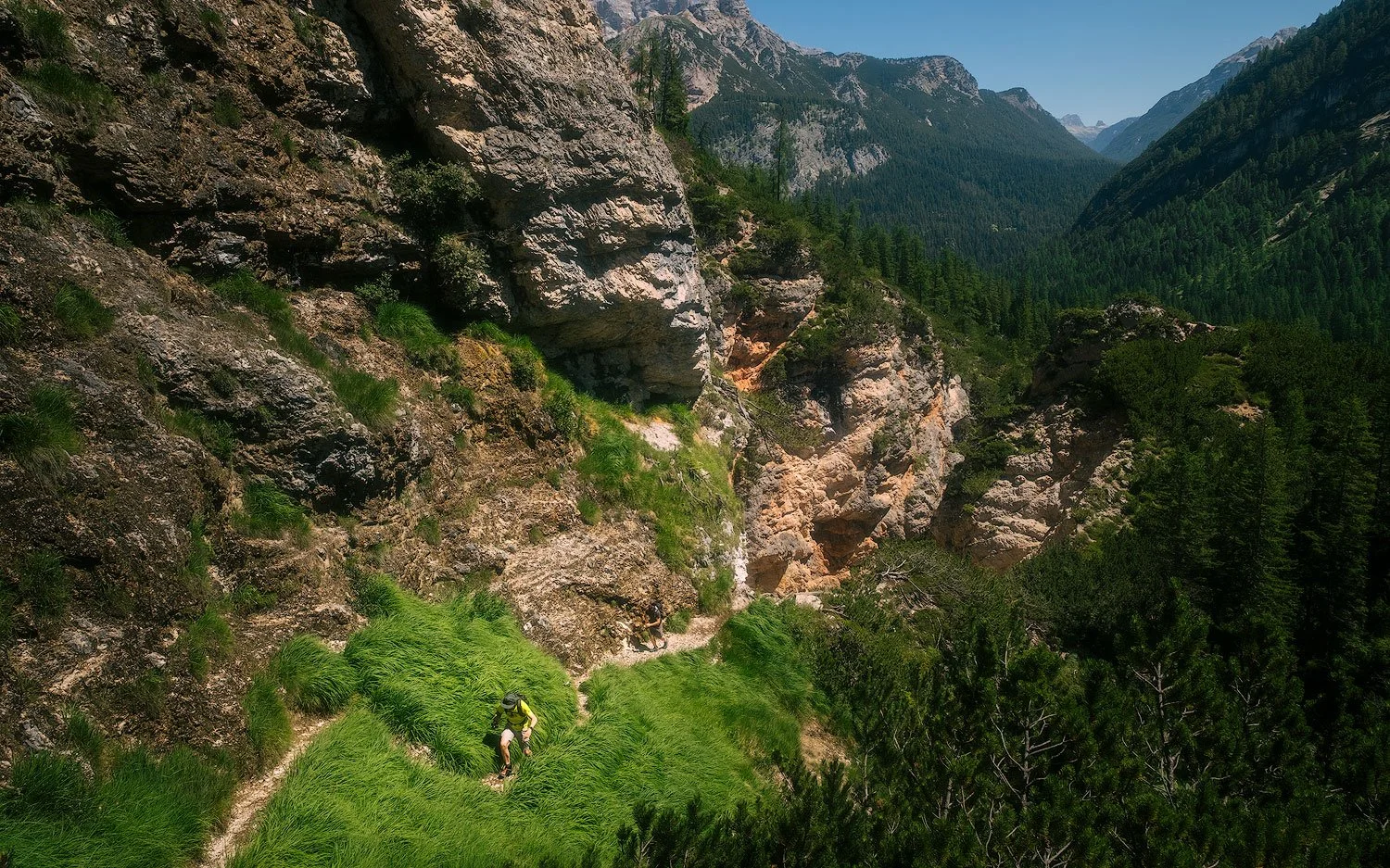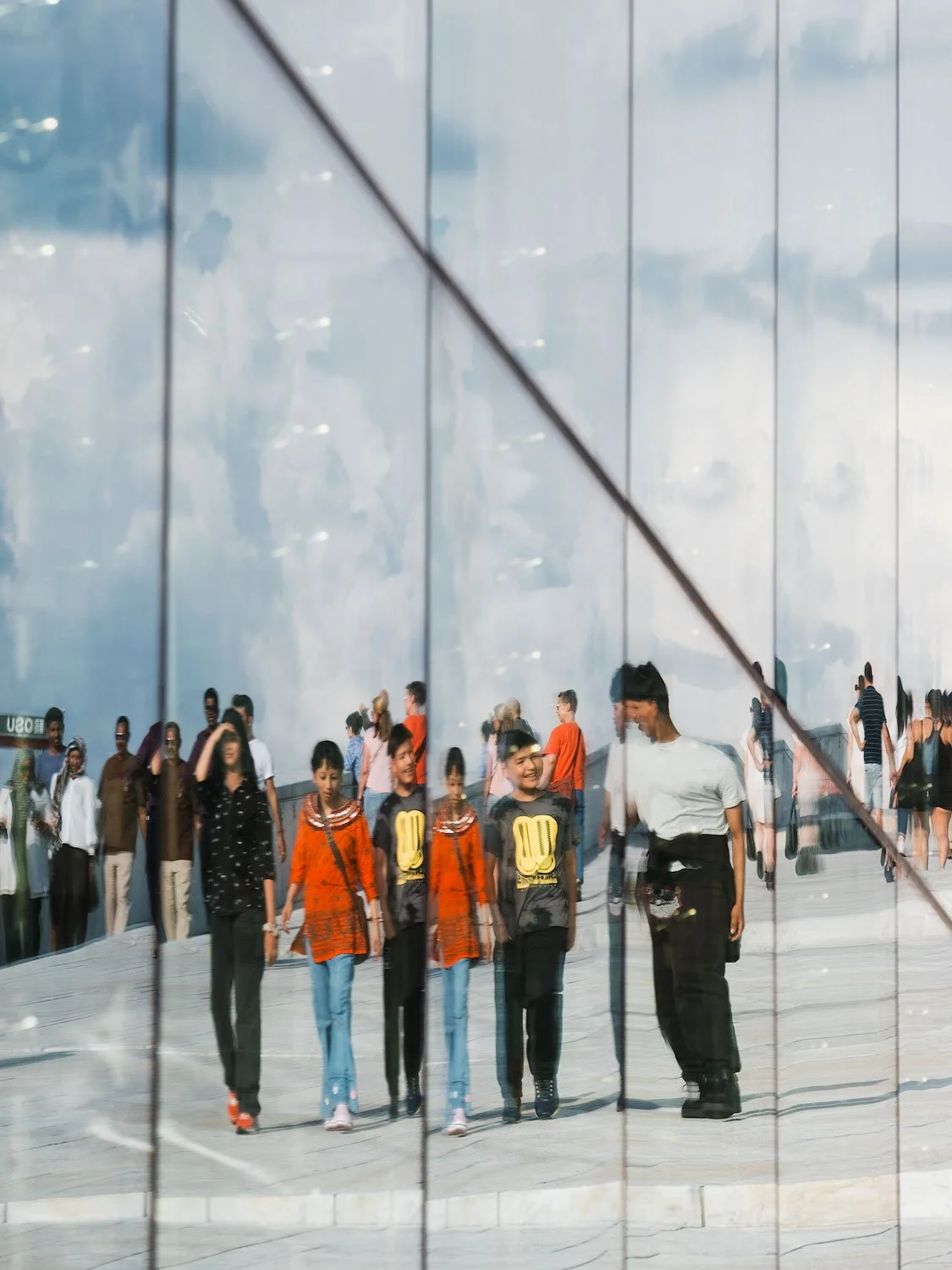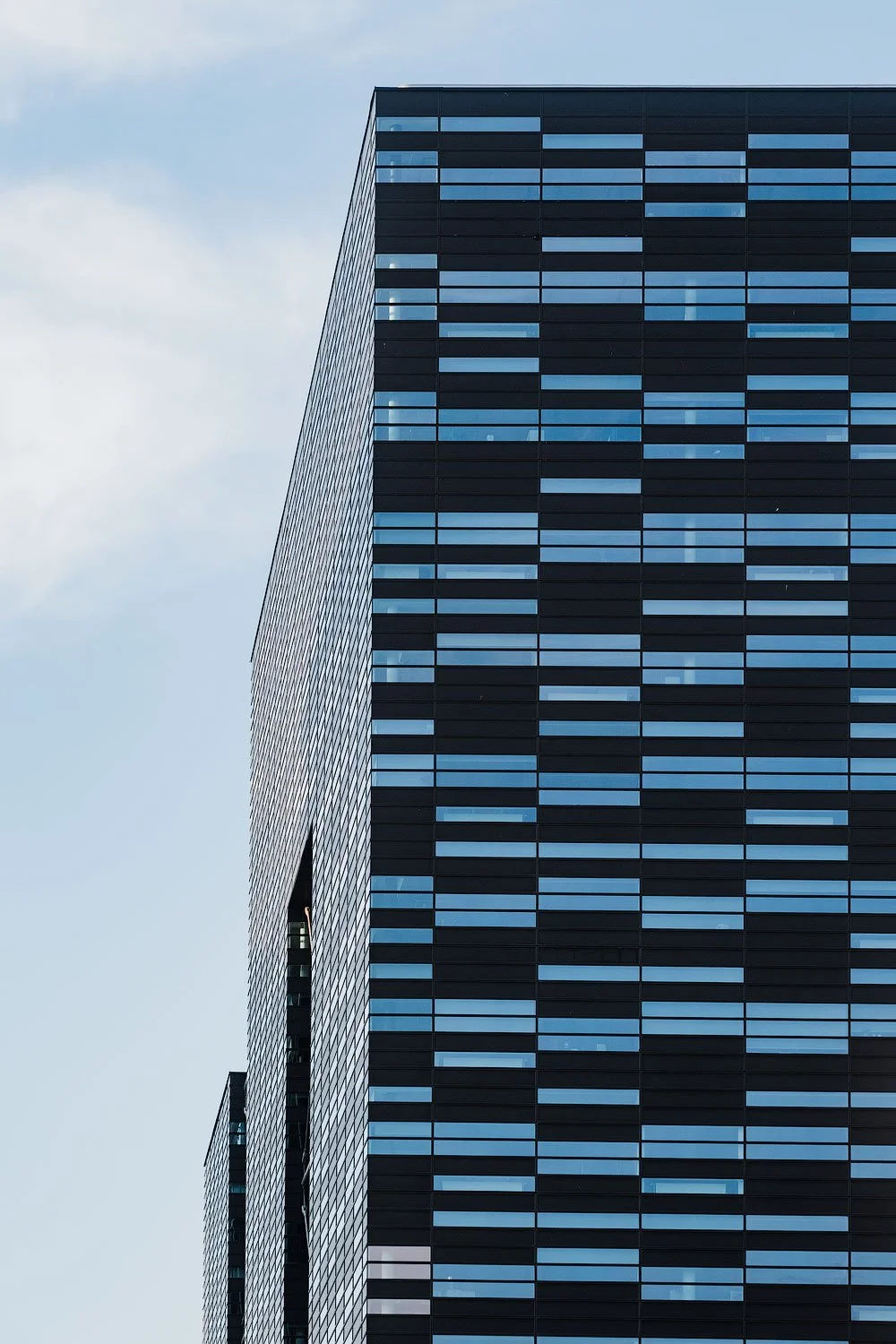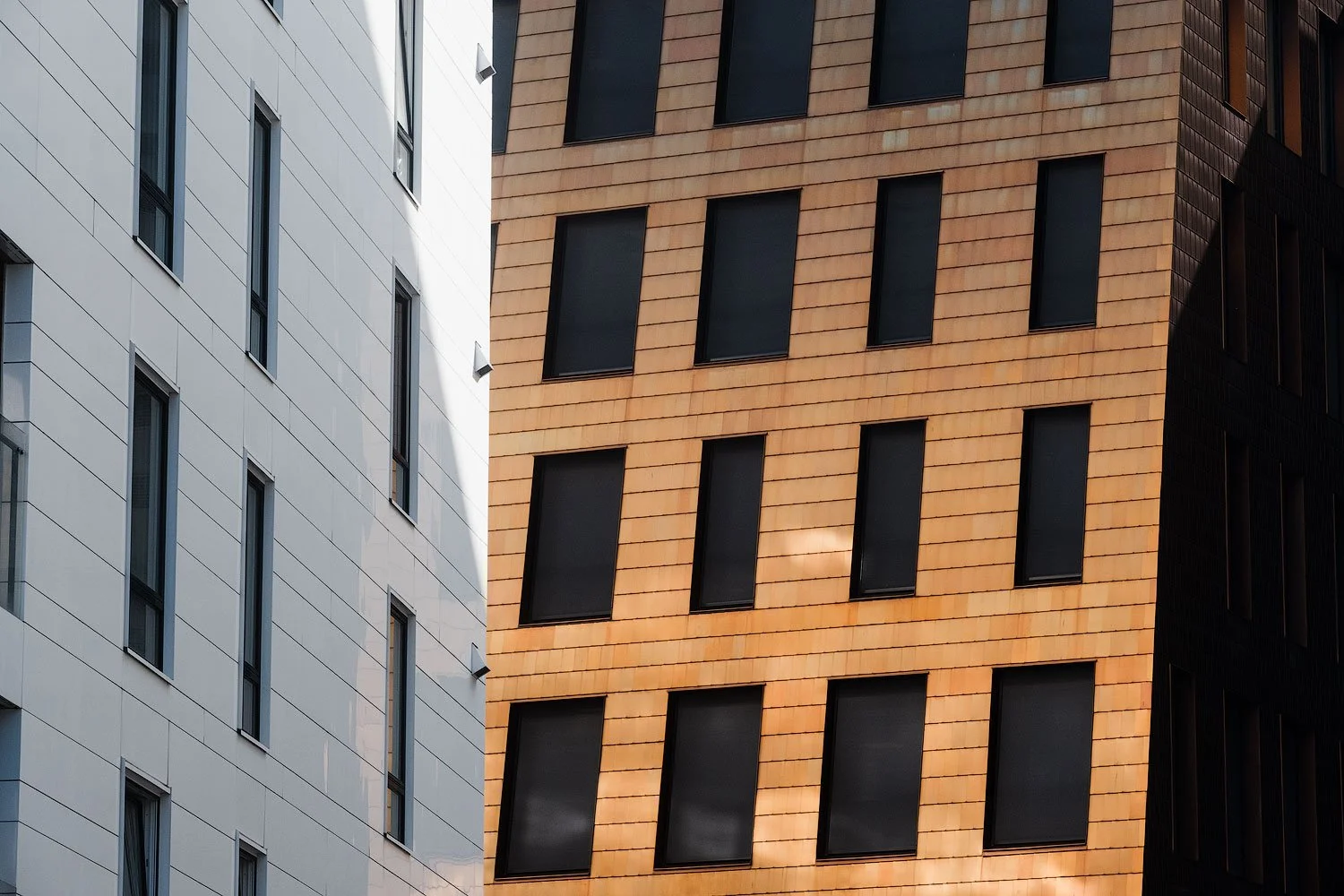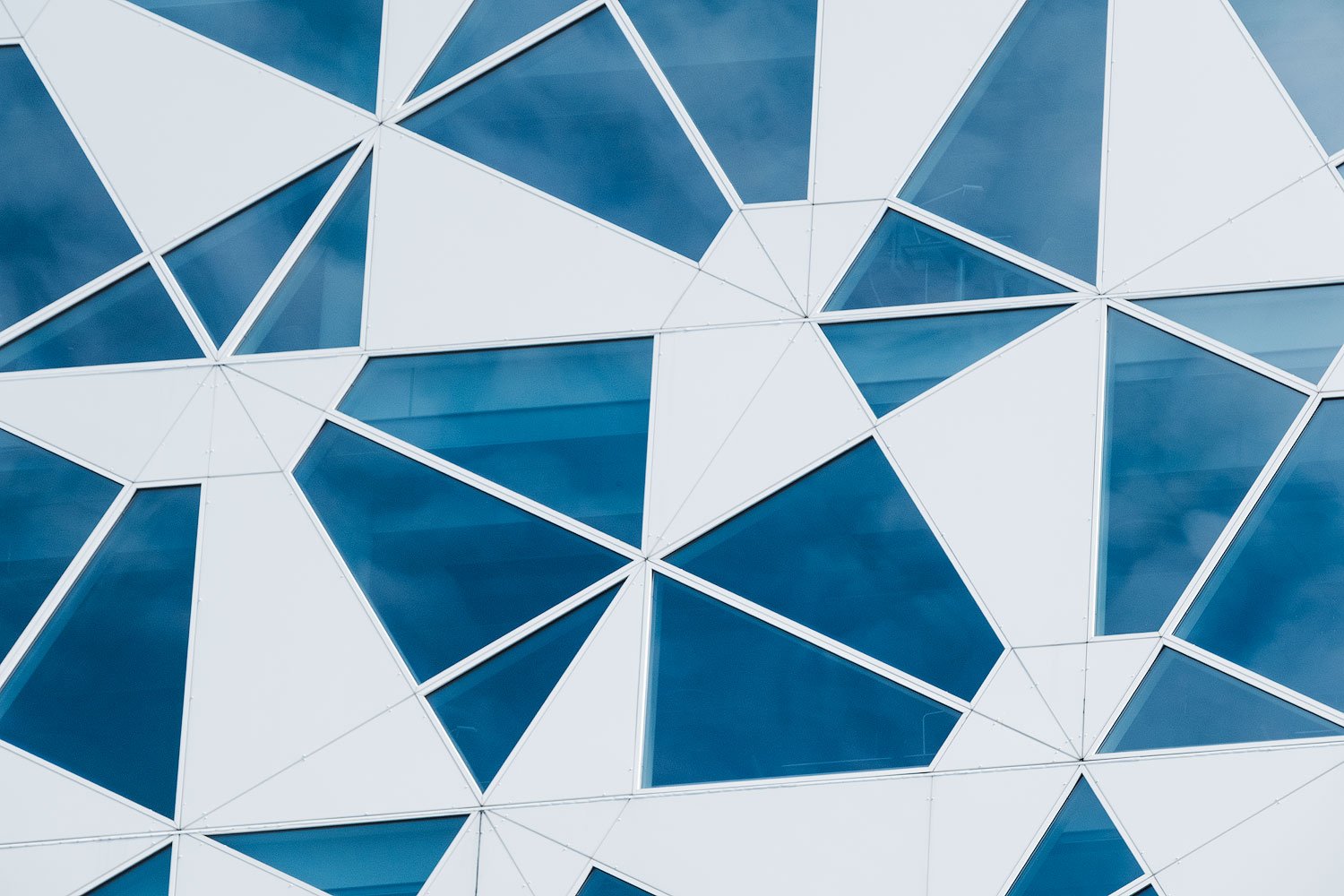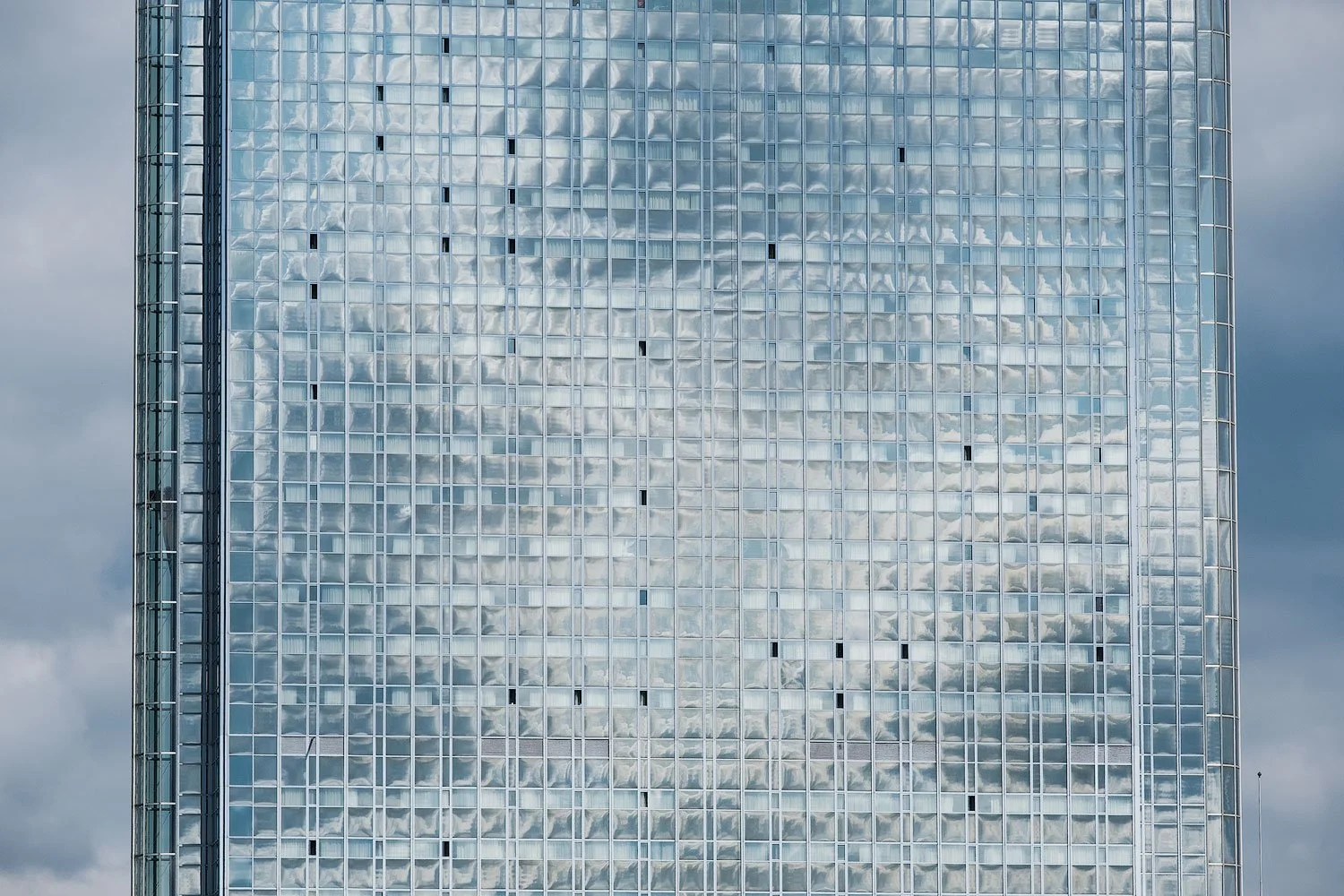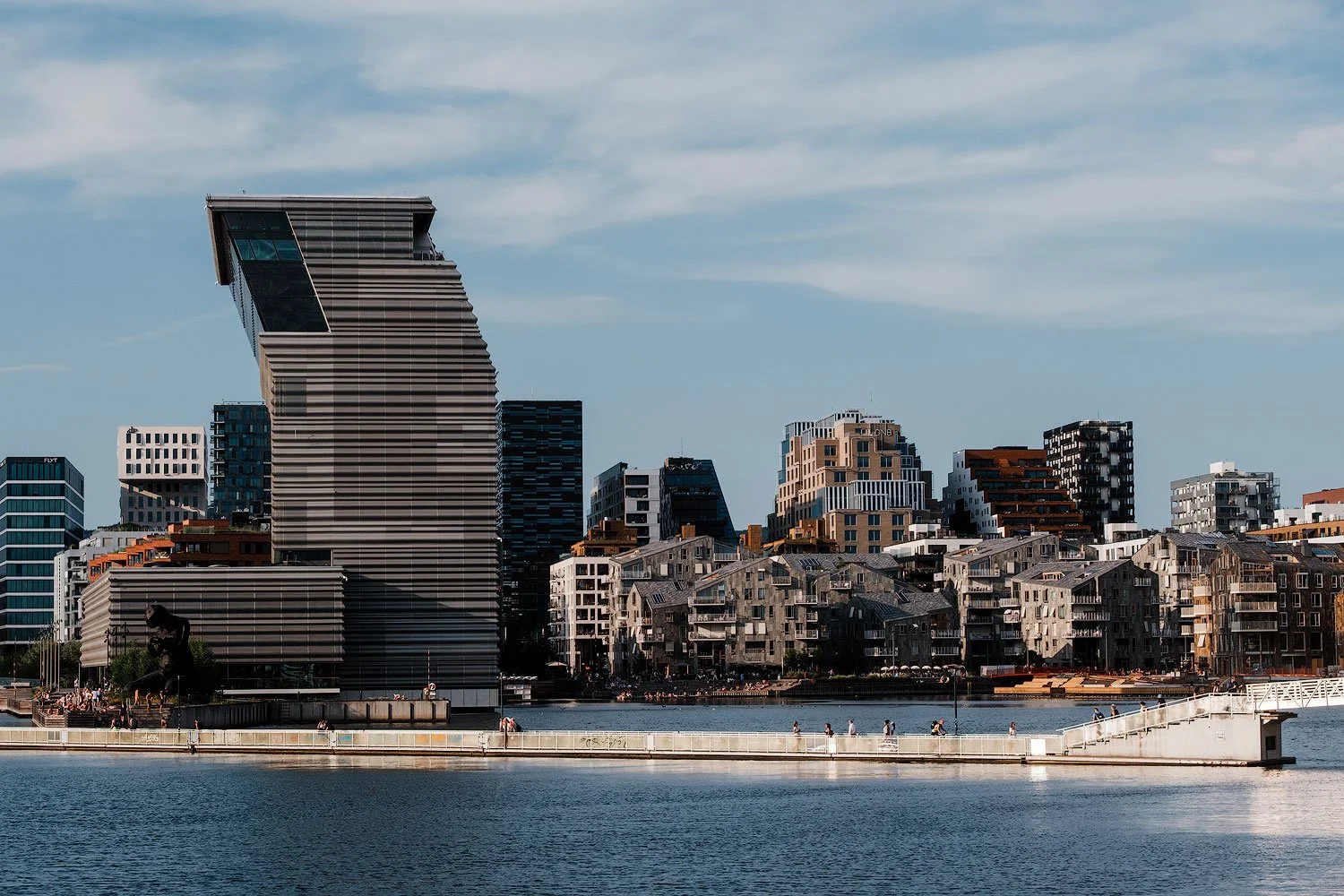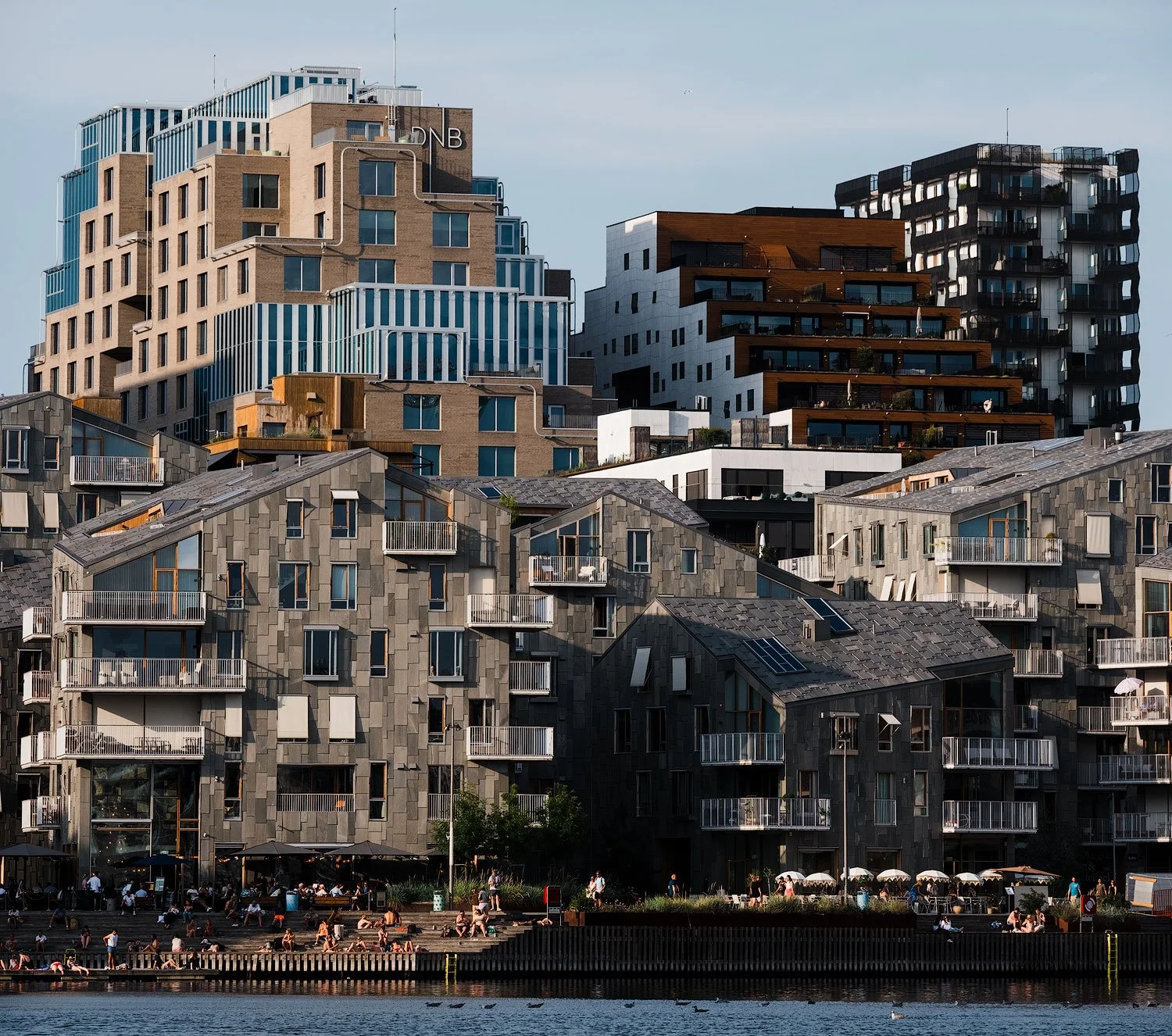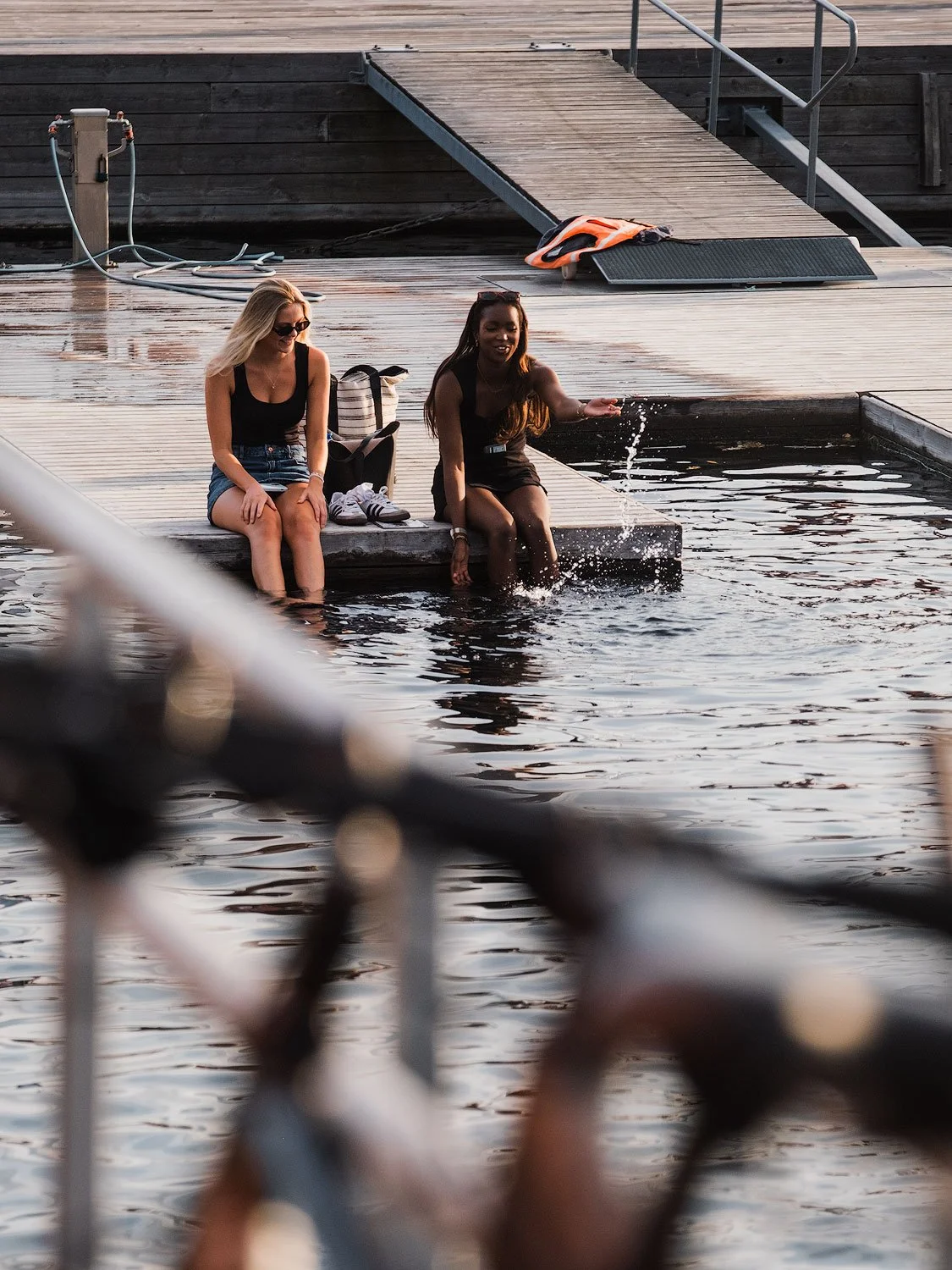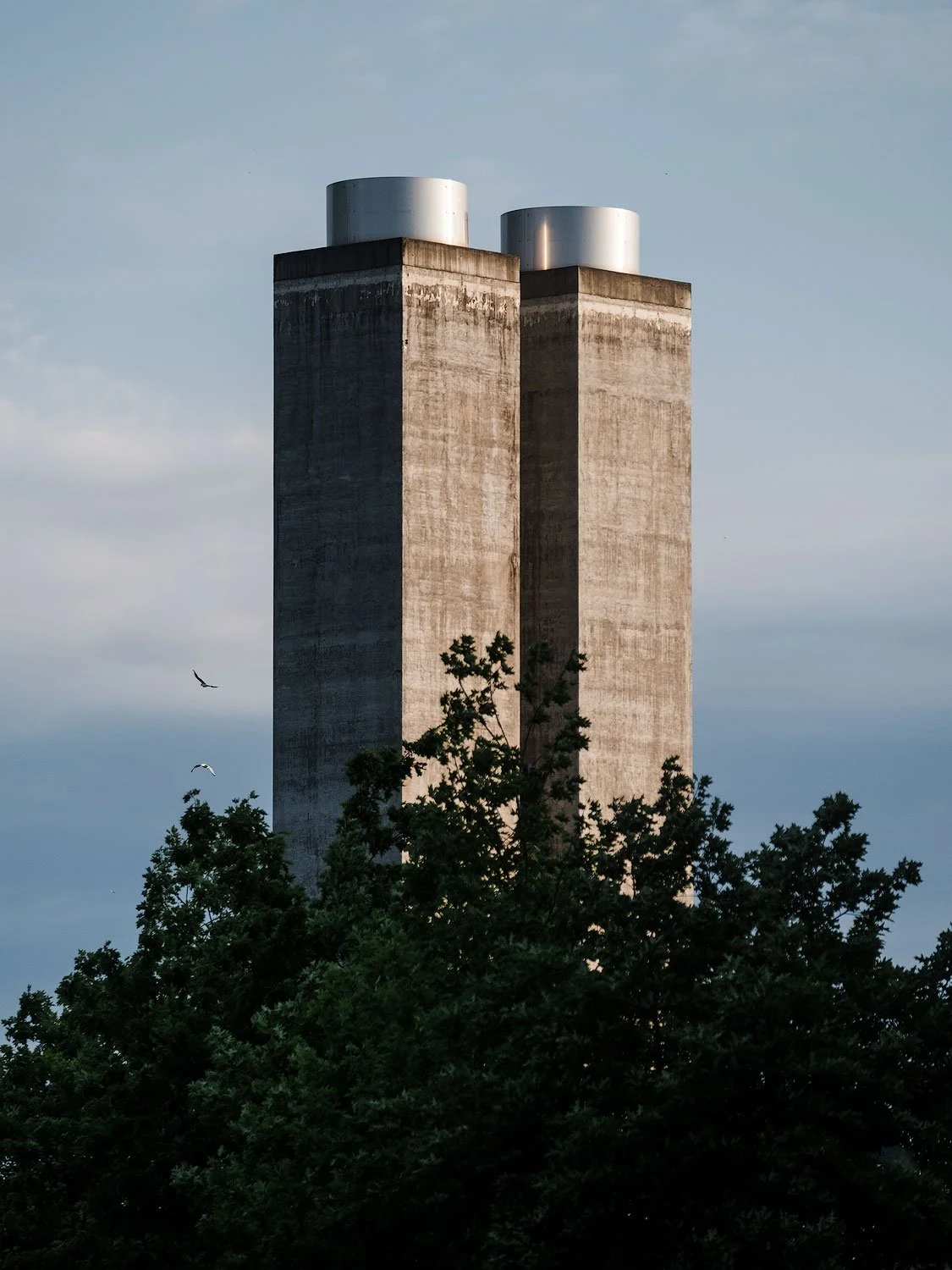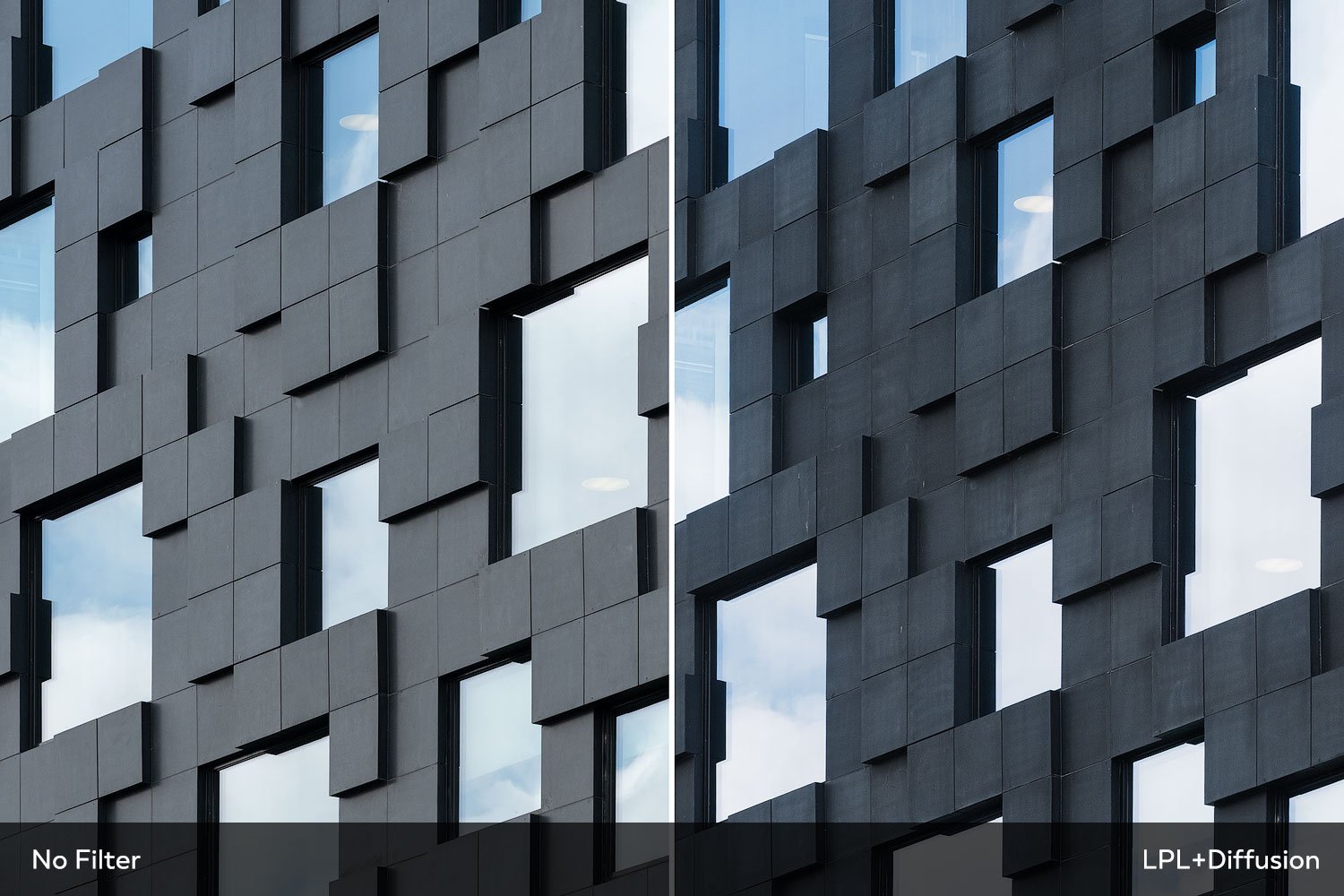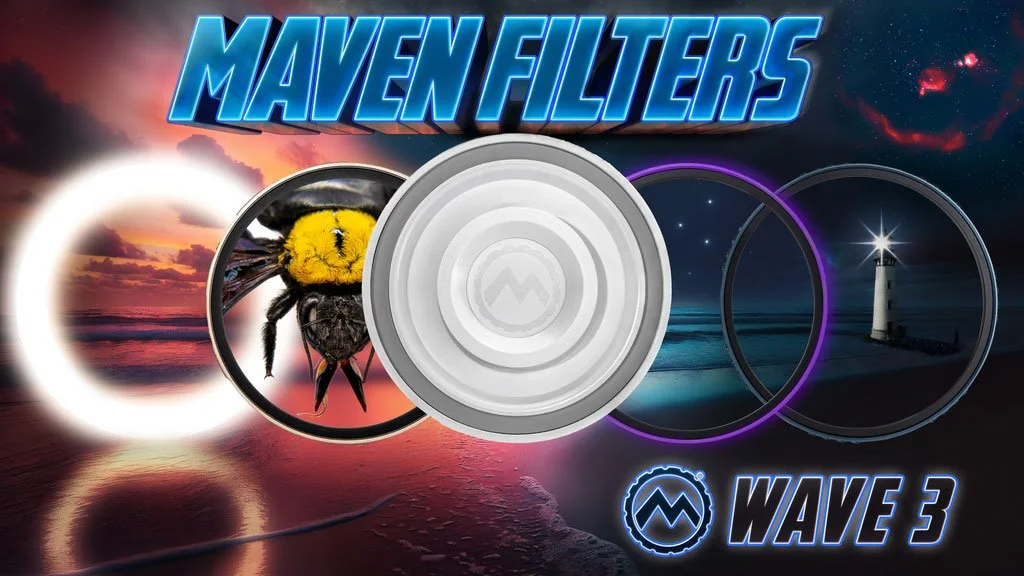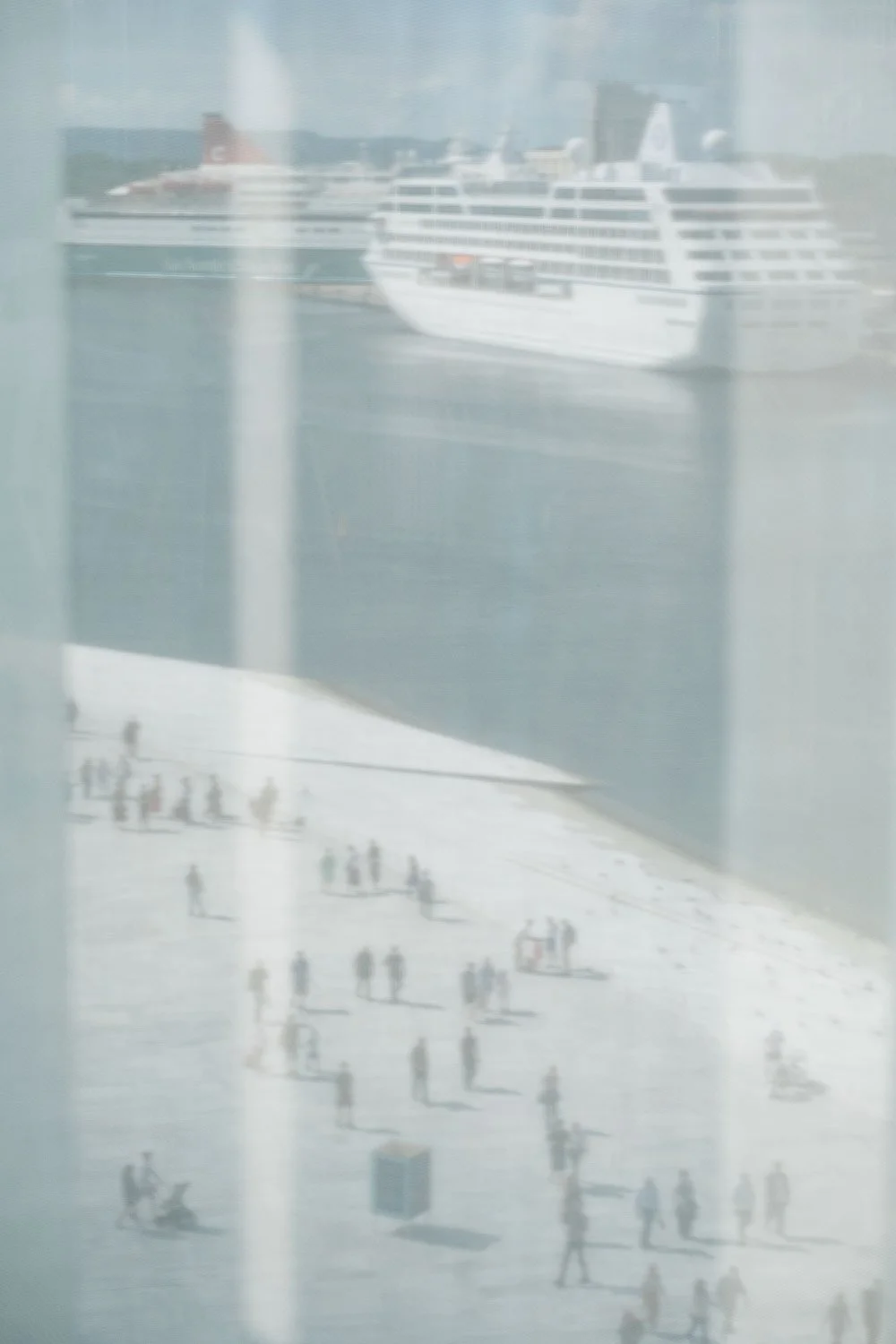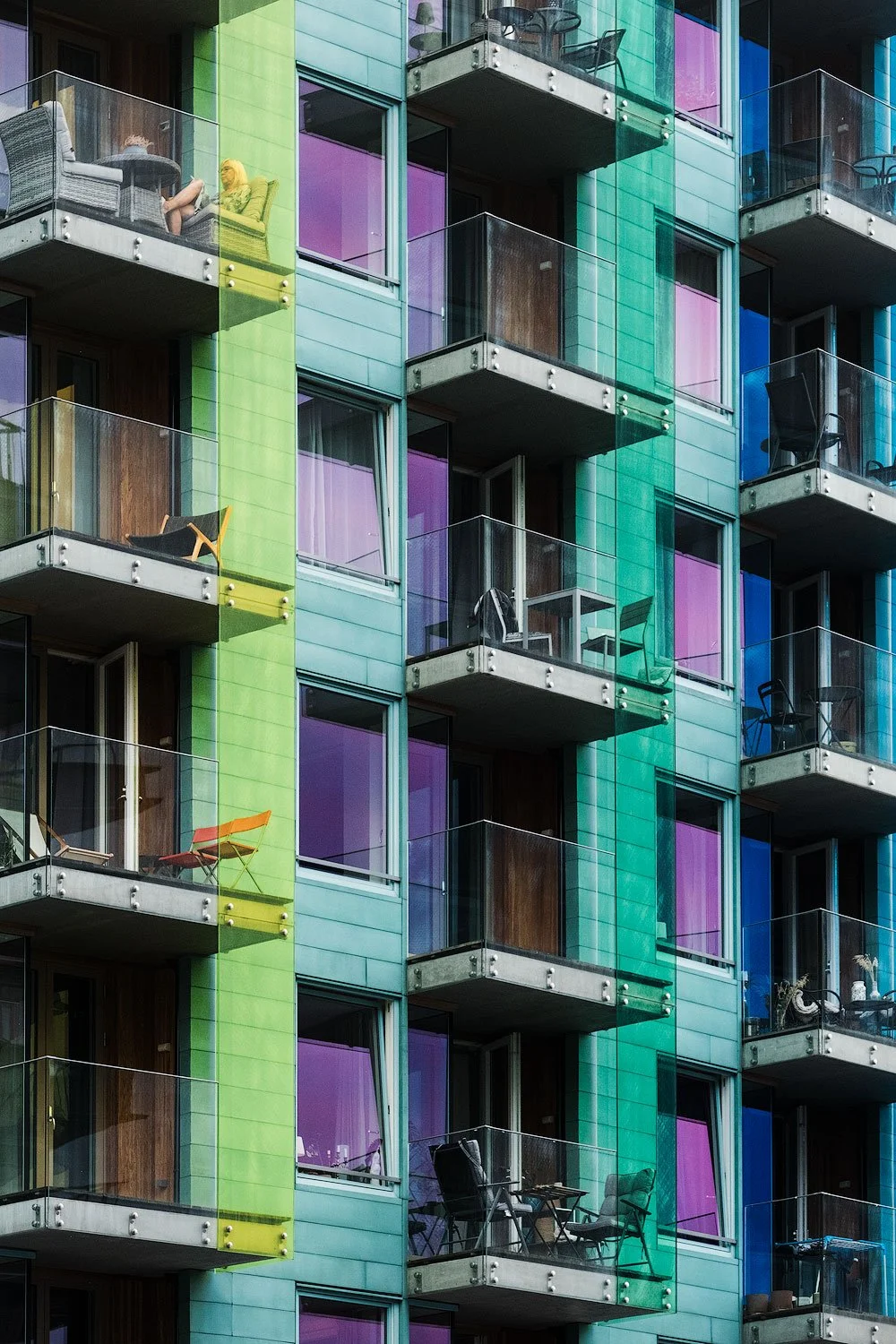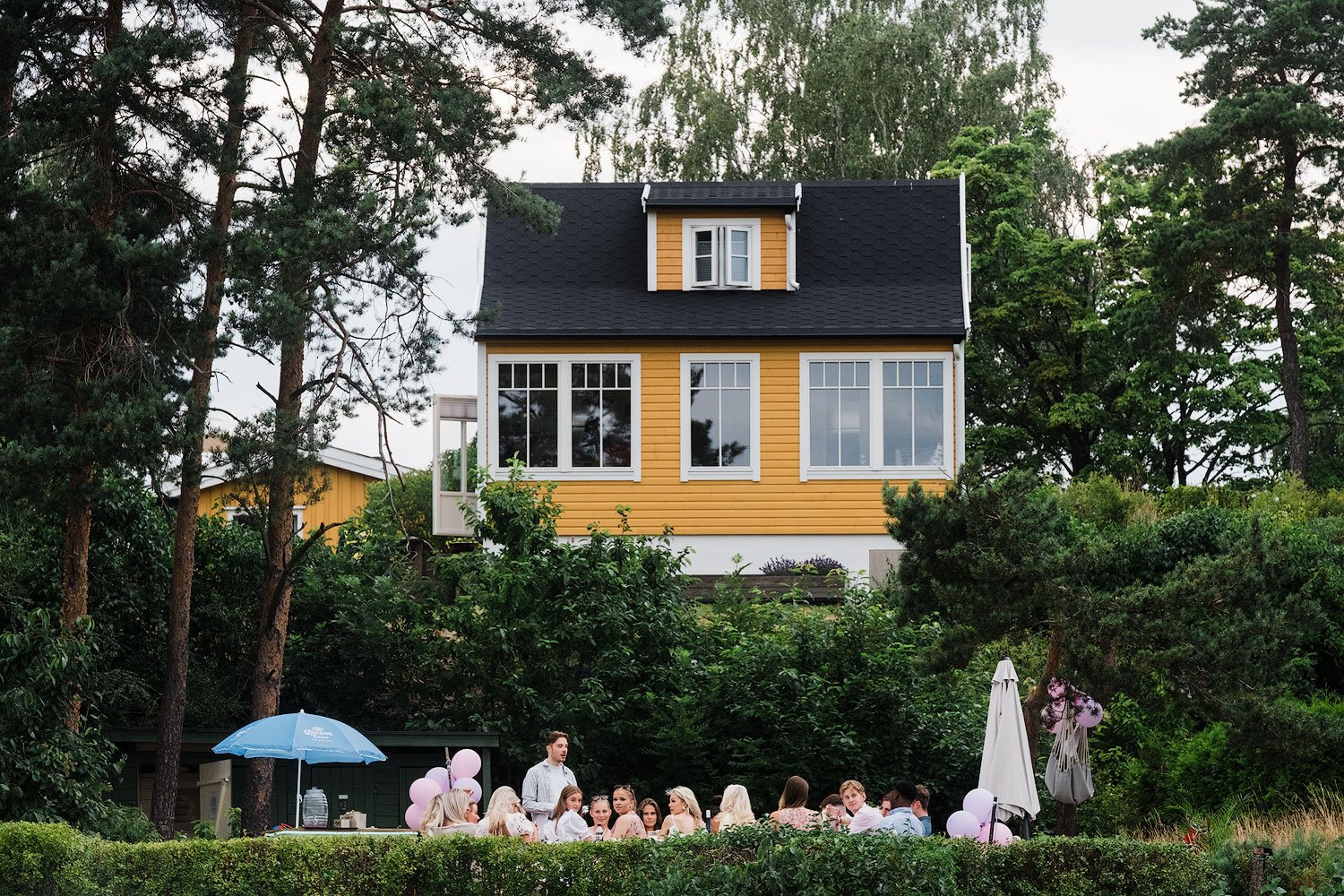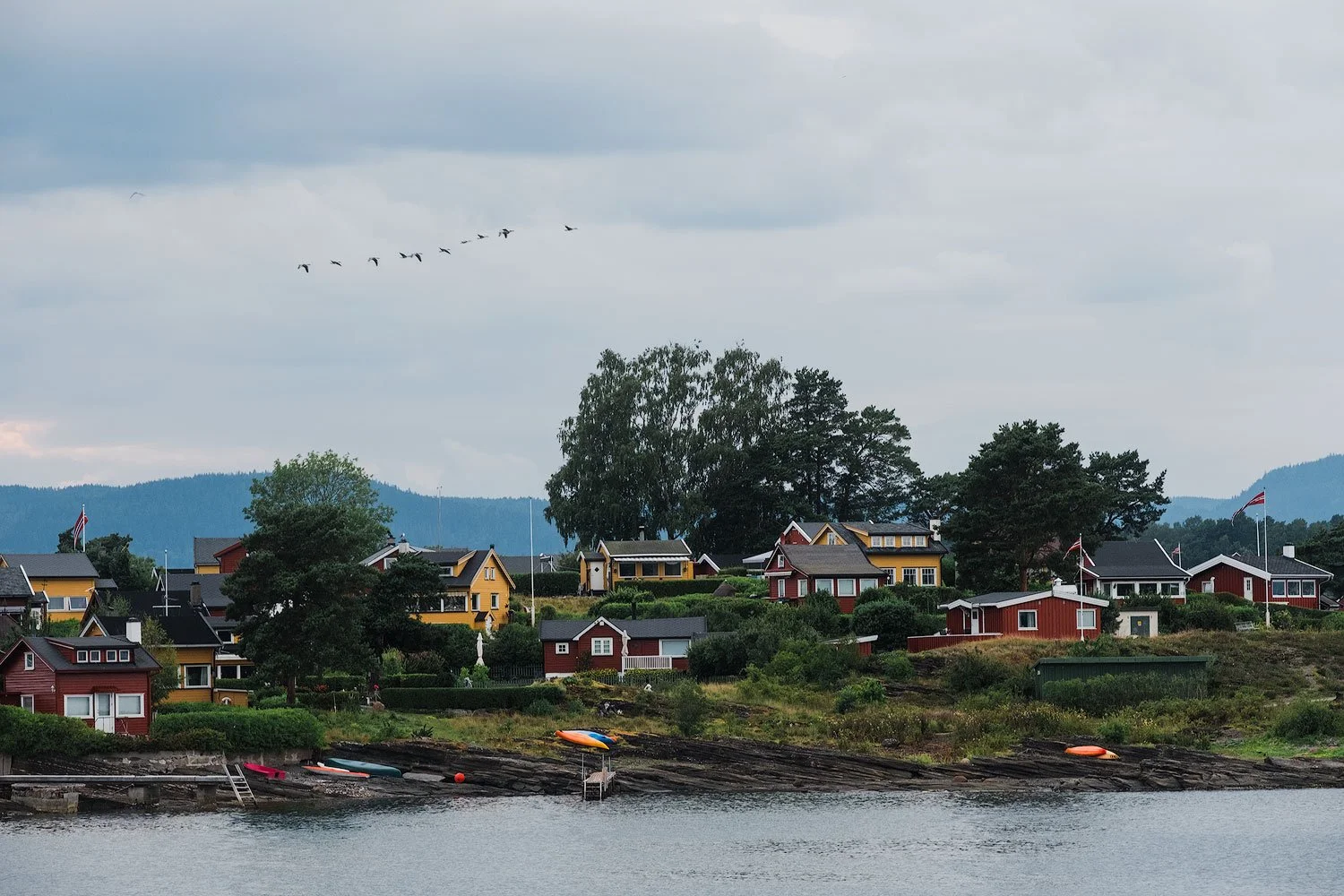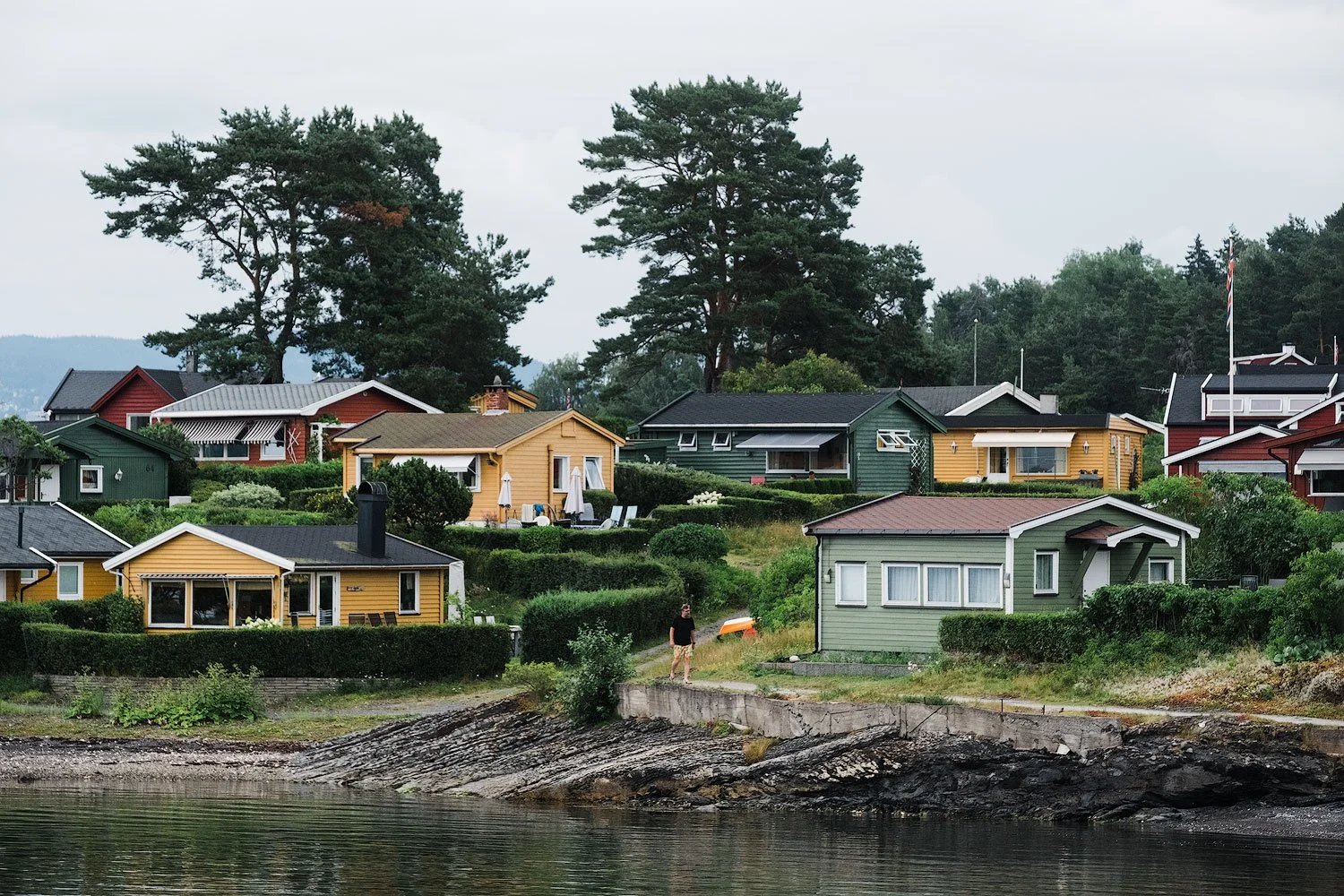Maven LPL+Diffuser Filter: A Fujifilm Photographer's Review
Over time, certain tools quietly become part of your routine. You stop thinking about them because they just work. That’s how it’s been for me with circular polarizing filters.
I always have one mounted on my Fujinon 50–140mm, and for years, I felt like my setup was dialed in. No need to change anything.
Sometimes something new makes you stop, reassess, and think, ‘Actually… this is pretty cool.’
That’s exactly what happened when I tried the Maven LPL+Diffuser filter from the new Wave 3 series.
In this Maven LPL + Diffusion filter review, I’ll share how this unique combination of a linear polarizer and diffusion filter works in real photography scenarios, helping you achieve cinematic glow, controlled highlights, and time-saving workflow in the field.
1. The Most Important Filter in My Kit
Along with my Fujifilm cameras, I always carry a set of filters that help me get the shots I want.
The most important one, the filter that basically lives in front of my Fujinon 50–140mm, is the polarizer. I can’t even remember the last time I used that lens without it.
It's hands down one of the most powerful creative tools I have to get my images as close as possible to what I envision, straight in camera, before even touching a single slider in Lightroom.
Over the years, I’ve tried a good variety of polarizers. I thought what I was using was “good enough”... until about two years ago, when I stumbled upon Maven Filters.
It was a genuine eye-opener. I realized that the quality I could get from something as “simple” as a filter was way beyond what I had expected.
Since then, I haven’t looked back. I’ve gone all in with their magnetic color-coded system, not just because the gear is solid, but because it’s practical, well thought out, and genuinely makes my workflow easier.
(All the images in this article were taken using the Maven LPL+Diffuser filter.)
The LPL+Diffusion filter is part of the new Wave 3 series that Maven is preparing to launch on August 12, 2025. It’s designed for photographers who want the benefits of both polarization and diffusion in a single filter, without the hassle of stacking.
I had the chance to test a pre-production version, and it instantly piqued my interest. This filter combines a Linear Polarizer with what Maven calls a “Show Glow” diffusion effect. The result is a subtle, cinematic glow that adds character and mood to the image while preserving contrast and sharpness.
I’ve used diffusion filters before, but not together with a polarizer. The combination intrigued me right away, especially because of how clean the final image still looked.
2. What Diffusion Filter Actually Does
So what exactly is the diffusion effect?
In simple terms, a diffusion filter adds a soft, glowing haze to your images, especially in the highlights, that creates a dreamy, cinematic atmosphere without completely sacrificing sharpness or detail.
This is achieved by scattering light that hits the lens. That scattered light slightly lifts the shadows and smooths the transitions between tones, giving the photo a more organic, film-like quality.
K&F Soft Diffusion 1/4 filter - Very pronounced glow effect (too much!)
You’ll especially notice it when shooting toward the light — during golden hour, in backlit scenes, or when the sun is just dipping behind a mountain or building. The result is often a beautiful halo or glow around light sources that makes the image feel warmer, softer, and a little more emotional.
In technical terms, you might expect that scattering light would reduce image sharpness, but high-quality diffusion filters (like this one) are carefully engineered to balance softness with clarity. In fact, when used properly, they can enhance the aesthetics of a shot without making it feel blurry or unprofessional.
That said, no matter how nice the glow is, if the filter slows me down or complicates my workflow, I won’t use it. That’s where the magnetic LPL+Diffusion really stood out.
3. Linear Polarizer vs Circular Polarizer
If you’re wondering what the difference is between a linear polarizer and a circular one, here’s a quick rundown.
Both linear and circular polarizers work by filtering light waves to reduce reflections and boost colors. The main difference is that circular polarizers have an extra element, a quarter-wave plate, that changes the light from a straight line into a spiral.
Maven CPL Polarizing Filter
A quick note: the term “circular” in circular polarizer doesn’t refer to the shape of the filter itself—they’re both round filters that screw onto your lens. It actually describes the way the light waves are altered inside the filter.
Why does this matter? Most ‘old-fashioned’ DSLR cameras need circular polarizers because their mirror and autofocus systems rely on that spiraled light to function properly. Mirrorless cameras don’t have those mirror mechanisms, so they work great with linear polarizers.
Linear polarizers tend to keep colors more natural and accurate, without the slight color shifts that circular polarizers sometimes cause. That means with the Maven LPL+Diffusion filter, you’re getting clean, true-to-life colors, plus the beautiful soft glow effect.
So, if you’re shooting with a mirrorless camera, this filter is a perfect match. If you’re using a DSLR, you’ll want to stick with a regular neutral circular polarizer instead.
4. Why Maven Magnetic Filters
I’ve never really used diffusion filters for landscape work. I just never felt the need. But when it comes to travel or portrait photography, I’ve always loved the look. The main issue for me has been workflow.
I like to work quickly and keep things simple, and I’ve never been a fan of stacking filters like a polarizer and a diffuser with the typical screw-in system. It slows everything down and adds friction in the field.
So I often had to choose one or the other.
On top of that, the 1/4 diffusion filters I tried in the past were honestly a bit too much. The glow was strong, and once it was baked into the RAW file, there wasn’t much room to dial it back. It made editing tricky, and sometimes even impossible, when I wanted a more balanced look.
I do have a couple of examples from those past experiments that I’m happy with, even though the effect is quite obvious. But personally, I’ve always preferred a more subtle approach—something you feel, rather than immediately notice.
K&F Soft Diffusion 1/4 filter - The glow is a bit too strong.
K&F Soft Diffusion 1/4 filter - Still a tad too strong for my personal taste.
K&F Soft Diffusion 1/4 filter - The glow effect is quite obvious.
K&F Soft Diffusion 1/4 filter - The glow effect is completely over the top.
When Maven reached out and asked if I wanted to test the new LPL+Diffuser, I was genuinely excited. At the same time, I was a little skeptical when I saw the diffusion strength was listed at 1/4. I expected it to be too heavy-handed for my taste, especially if I wanted to use it more flexibly across different situations.
But I was wrong.
They absolutely nailed it. The strength feels just right, much like the effect of a 1/8 Black Pro-Mist, a popular choice among videomakers for adding cinematic softness. It sits in that sweet spot where it creates atmosphere without pushing things too far. And having both polarization and glow in a single, slim filter? That’s a big win. I rarely call something a “game changer,” but this one earns the title.
After leading a workshop in Iceland this July, Sabrina and I took a short detour to Oslo. It was our first time visiting the city, and it was the perfect opportunity to slow down a bit and put this lovely filter to the test.
During those few days, I used the Fujinon 50–140mm almost exclusively, and the LPL+Diffuser stayed on the lens the whole time. I didn’t feel the need to take it off once.
Just one filter. No color cast. Excellent polarization to cut reflections and boost colors. And that soft glow that gives your images a slightly organic, almost cinematic feel. In an urban setting like Oslo, it worked beautifully.
5. It’s Less About Perfection, More About Mood
The way I see it, diffusion is less about technical perfection and more about emotion. It's about adding a certain vibe — nostalgia, softness, a little bit of magic — especially when the light is harsh or the environment feels a bit clinical.
What’s interesting is that even in more neutral lighting, the effect is still there — just more subtle. You feel it more than you see it. The images look smoother, more cohesive. It’s that slight shift that can take a shot from “nice” to “this feels good.”
And when paired with Fujifilm’s color science, the combo just excels. You get rich tones, glowing light, and that slightly cinematic look that doesn’t feel forced or fake. It’s all happening in-camera.
6. The LPL+Diffuser Brings It All Together
What makes this Maven filter so effective is the combination of polarization and diffusion in one simple tool.
You get all the benefits of cutting glare and boosting contrast with the polarizer, and at the same time, you’re layering in this subtle atmosphere and softness from the diffusion. It’s like having a little mood enhancer on your lens — no stacking, no fiddling.
The beauty is that it doesn’t demand attention. It just elevates the feel of your images quietly, but powerfully.
7. With & Without the LPL+Diffusion Filter
To give you a better idea of how this filter performs, here’s a side-by-side comparison: one image taken with the LPL+Diffusion filter, and the other without any filter.
Thanks to the built-in polarizer, the LPL+Diffusion filter cuts down on reflections, revealing more contrast and surface detail that would otherwise be lost.
You’ll notice how the diffusion effect gently lifts the shadows and adds a soft glow to the highlights without compromising overall sharpness. It's subtle, but it brings just the right amount of mood and depth to the image while keeping the details crisp.
8. Final Thoughts
I’m not someone who usually gets excited about new filters, and I’m definitely not quick to change what already works.
But after using the LPL+Diffusion in various conditions and on real assignments, it’s clear to me that this filter brings something genuinely useful and enjoyable to the table.
It won’t replace a clean LPL for every situation, especially when you want the most neutral look possible. But for travel, cityscapes, mountain scenes, or anything shot in soft or backlight, this filter adds a very pleasing touch.
So far, I’ve enjoyed it much more than I expected.
I’ll be updating this post as I test the filter more thoroughly on dedicated landscape shoots, so stay tuned for more thoughts and results.
PROS / CONS
✅ Softens highlights beautifully without killing detail
✅ Adds a subtle analog, film-like character straight out of the camera
✅ Works seamlessly with Maven’s magnetic system
✅ Compatible with almost all lenses
❌ Might be too subtle for those after extreme bloom effects
❌ Linear polarizer designed for use with mirrorless cameras, not DSLR
9. Where to Get the LPL+Diffuser Filter
If you’re curious to try a filter that adds a subtle mood and cinematic softness without sacrificing sharpness, this one’s worth keeping an eye on.
The Maven LPL+Diffusion filter will be available through Maven’s Kickstarter campaign, launching on August 12. You can check it out and support the launch using my link here. It’s a great way to get early access and be part of bringing this filter to life.
Once it’s out, I’m really looking forward to seeing how others use it in their own work. If you do give it a try, let me know how it goes!
What about you?
Have you ever used a diffusion filter in your photography?
I’m curious to know how (or if) it fits into your workflow. Do you find it useful for creating atmosphere and mood, or do you prefer to keep things crisp and clean? Let me know in the comments section. I’d love to hear your thoughts.
Thanks for reading!
Join Me on a Photograhy Workshop
If you want to learn more about light, composition, technique and improve your photography and editing skills at a deeper, more personalized level, I’d love to have you join me in one of my photography workshops, where we’ll work hands-on in stunning locations to level up both your editing and field techniques.




